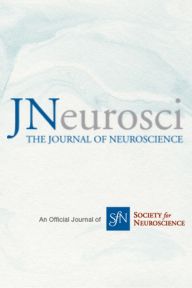Why Your Company (or Your Client’s Company) Should be Investing in Intellectual Property Rights
INTRODUCTION Intellectual property refers to creations largely of the mind or intellect, such as inventions, literary works, artistic works, and industrial designs, as well as symbols, logos, and names used in commerce for source identification of products. Virtually every company has some form of intellectual property, whether it is [...]














